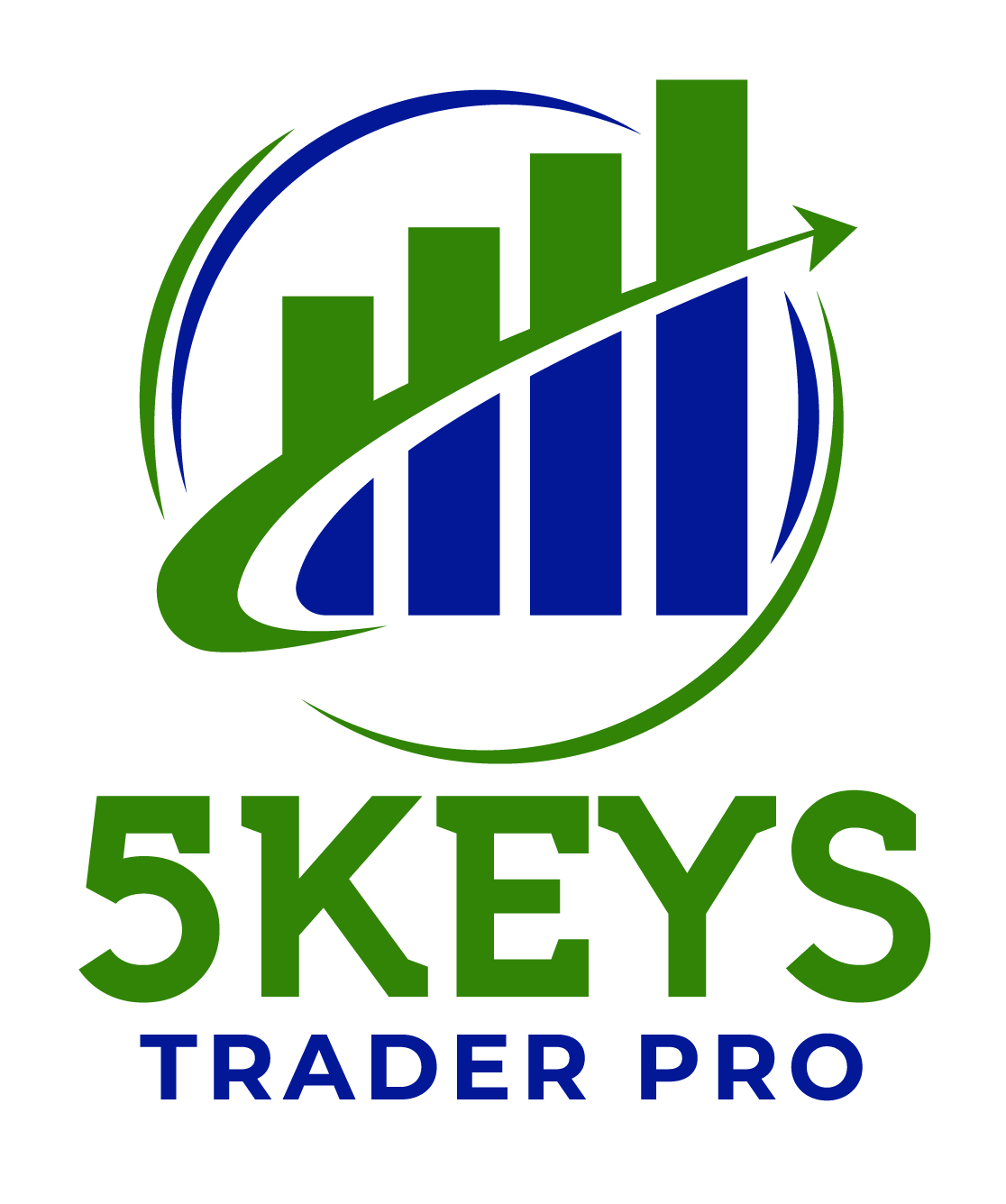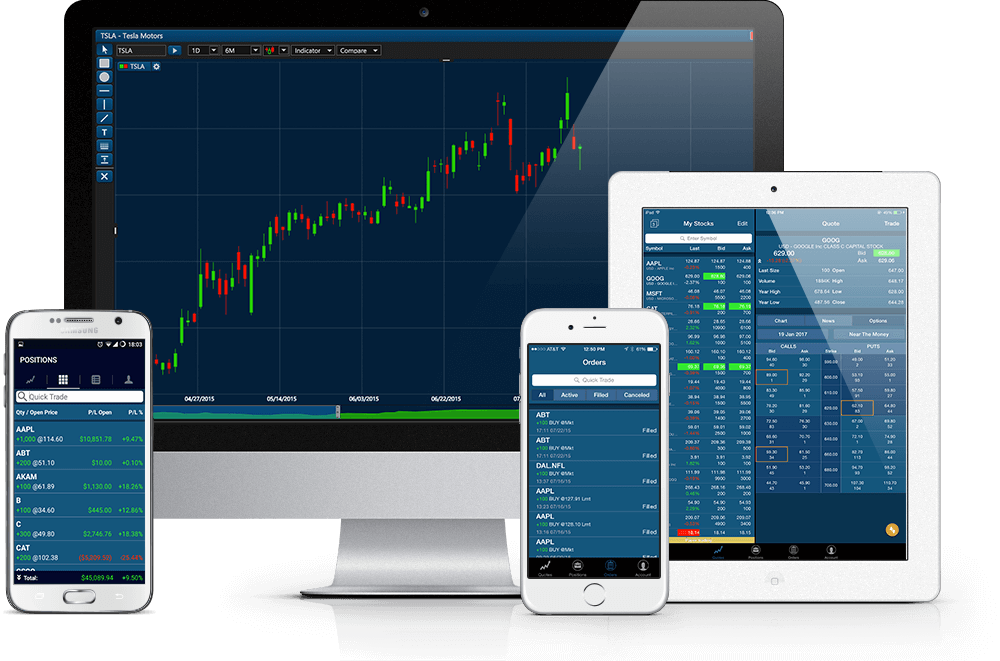
Blog 1
Stepping into the world of finance is like entering a vast and captivating landscape. For beginners, the trading market might feel a bit like a complex maze initially, full of twists and turns. Picture it as stepping into a dynamic arena where the heartbeat of the financial world resonates through buying and selling – stocks, bonds, commodities, and currencies. In this blog, our goal is to simplify the layers of the trading market, offering insights and practical steps tailored for newcomers. Think of it as a friendly guide, here to help you navigate your way into the exciting realm of trading with ease.
Decoding the Trading Market
The trading market functions as a global marketplace where participants engage in the buying and selling of various financial instruments. To navigate this complex ecosystem, it’s crucial to understand the different types of markets and the key players involved.
Types of Markets
Understanding the different types of markets helps to better understand and retain the knowledge of trading, which is beneficial for the further process of learning.
- This is where shares of publicly listed companies are bought and sold. Traders can become partial owners of a company by purchasing its shares.
- Focused on the exchange of currencies, the Forex market is the largest financial market globally, enabling participants to trade different currencies against each other.
- In this market, physical goods like gold, oil, and agricultural products are traded. Commodity trading is often driven by supply and demand dynamics.
Market Participants
Having the knowledge of distinctive market participants contributes towards better understanding and streamlining your learning process of trading.
- Individuals who participate in the market through online platforms. This category includes everyday traders looking to capitalize on market opportunities.
- Large organizations such as hedge funds and mutual funds. These entities manage significant amounts of capital on behalf of their clients.
- Entities responsible for facilitating trades by buying and selling assets. Market makers contribute to market liquidity.
Building a Solid Foundation
Before jumping into trading, it’s important for beginners to build a strong foundation. This means getting the right knowledge and being disciplined in your approach. Think of it like making sure you have the right tools and skills before starting a new adventure.
Education
In order to better understand the world of trading the initial step is to educate yourself about the basics of trading which leads to insightful exploration of the market.
- Establish a foundation by mastering fundamental concepts like supply and demand, market trends, and economic indicators. This knowledge forms the bedrock of effective financial decision-making, providing you with essential insights into the dynamics of the market.
- Delve into varied trading strategies, such as day trading, swing trading, and long-term investing. Each strategy serves as a specialized tool in your trading toolkit, adaptable to different market conditions. By cultivating a versatile skill set, you enhance your capacity to navigate and succeed in diverse market scenarios, akin to assembling a comprehensive toolkit for strategic decision-making.
Risk Management
Being able to educate yourself in terms of risk management builds a bias in the trading learning process.
- Establish precise financial goals by outlining objectives and setting a clear risk threshold. This disciplined approach aligns aspirations with acceptable risks, acting as a strategic roadmap for trading.
- Integrate risk-mitigation tools, such as stop-loss orders, to minimize potential losses. These safeguards act as protective measures, preserving capital and ensuring a safer, more strategic trading plan.
Choosing a Trading Style
Find a trading style that matches your personality and what you like. Try out different styles until you find the one that fits you best.
Selecting a Broker and Trading Platform
Choosing the right broker and trading platform is a critical step for a smooth trading experience.
Research and Comparison
When you’re choosing a broker, think of it like picking a trustworthy shop. Look into different brokers, check how much they charge (like looking at prices in a store), see what they offer (like checking if they have what you want), and make sure they play by the rules to make sure that your money is in the right hands.
User-Friendly Platforms
When you’re choosing where to trade, look for platforms that are easy to use. Choose platforms that feel friendly and have smart tools to help you understand things better, a bit like picking a game that’s fun and not too complicated. Before you start playing for real, practice a bit with a demo version. This helps you get comfortable with the platform, so when you’re ready to trade for real, you’ll know what you’re doing.
Analyzing the Markets
Market analysis is the cornerstone of informed trading decisions. Two primary methods are fundamental and technical analysis.
Fundamental Analysis
Familiarize with the fundamental analysis of the before moving on with the process of trading. Following are the points to keep in mind.
- Before trading, conduct a thorough examination of the company’s financial health, industry trends, and broader economic factors. Think of it as a health checkup, ensuring your trading aligns with strong and sustainable fundamentals.
- Stay updated by actively researching the latest news, earnings reports, and economic data. This regular engagement with current information serves as your radar, helping you anticipate market shifts and make informed decisions. It’s like staying in tune with the heartbeat of the financial world, positioning yourself to respond strategically to emerging opportunities and challenges.
Technical Analysis
Being able to perform technical analysis can be helpful in the long run of trading. The below given pointers are the fundamentals to keep in mind in order to become pro at trading.
- When making trading decisions, thoroughly analyze charts, patterns, and indicators. These act as your navigation tools, helping identify optimal entry and exit points. It’s like reading the market’s language for strategic decision-making.
- Use historical data to understand market trends. It’s like studying the market’s history to anticipate its future moves. By learning from the past, you gain valuable insights that inform your current decisions, enhancing your ability to navigate the financial landscape with precision.
Crafting a Trading Plan
A well-thought-out trading plan is essential for maintaining discipline and consistency in the ever-changing market.
Define Goals and Risk Tolerance
Set money goals that make sense for you, like saving up for a fun trip or getting something you want. But, just like any adventure, there are risks. So, be smart about it. Decide how much risk you’re okay with and set a risk-reward ratio for each trade – It’s like making sure you have a plan for your adventure so that even if things get bumpy, you’re prepared and can still have a good time.
Entry and Exit Strategies
Strategizing goes a long way when it comes to trading. Consider the following factors before attempting your first go.
- Specify conditions for entering and exiting trades based on your analysis. Think of this like planning your moves in a game. Before you start playing, decide when to make a move and when to step back. It’s like having a game plan, so you don’t get caught off guard – set clear rules for when to get in and out of the game.
- Consider using limit orders to automate trade execution. This is like having a helpful robot assistant in your game. Instead of doing every move manually, your robot (limit order) can make some moves for you. It’s like having an assistant who knows when to buy or sell without you having to be glued to the screen.
Review and Adapt
Being aware and mindful of your trading plan can be beneficial, especially in the starting stages of the trading learning process. Bearing the following in mind can make an impact, especially if you are new to trading.
- Systematically review your trading plan, evaluating its performance against key metrics like return on investment and risk exposure. Stay vigilant to market dynamics, making necessary adjustments for ongoing alignment. These routine evaluations serve as proactive measures, sustaining a finely tuned and adaptive approach for enduring success.
- Iteratively improve by analyzing both successful and unsuccessful trades. Extract valuable insights, discern patterns, and optimize risk management. This ongoing learning process enhances your trading prowess, fostering adaptability and resilience in response to market dynamics. Each trade is an opportunity for refinement, honing your skills for increased precision in subsequent endeavors.
Practicing with a Demo Account
Before venturing into live trading, practice with a demo account to gain experience without financial risk.
Simulator Benefits
Stick to simulator benefits bearing the following in mind.
- Before transitioning to live trading, leverage the simulator as your practice arena. Explore its features, order execution, and analytical tools. Get comfortable with the platform layout, akin to practicing in a controlled environment before the actual performance. This ensures a seamless transition into live trading with a confident understanding of the platform.
- In the simulator’s risk-free environment, refine your trading strategies. Experiment with different approaches, test indicators, and observe how market events impact your positions. This hands-on experience allows you to enhance decision-making without the worry of financial loss. It’s a valuable phase of experimentation, empowering you with the skills needed for more confident decision-making when real capital is on the line.
Emotional Control
Taking a hold of your impulses is one of the crucial components when it comes to trading. Being emotional about the whole process of trading can lead to big trouble. Consider the following pointers before starting your new trade.
- In the simulated environment, immerse yourself in both wins and losses. Understand the emotional nuances associated with different outcomes. This phase serves as emotional conditioning, preparing you for the inevitable fluctuations in live trading where emotional control is paramount.
- As you navigate simulated wins and losses, focus on building confidence in your trading skills. Execute trades precisely, sticking to your strategies. This phase is akin to honing your skills, ensuring that when you transition to live trading, you do so with assurance in your capability to navigate the complexities of the market successfully.
Continuous Learning and Adaptation
In the ever-evolving financial markets, staying informed and adaptable is crucial for success.
Stay Informed
In order to stay ahead of the game, consider the following points.
- Keep yourself informed by actively following financial news, and staying up-to-date on market trends, economic developments, and global events. Consider financial news as your compass, guiding you through the ever-changing market landscape.
- Actively engage, share experiences, and learn from fellow traders. This collaborative environment broadens your perspective, providing a supportive network to seek guidance, discuss strategies, and stay attuned to the collective wisdom of the trading community. It’s your virtual trading desk, where experiences are shared, and lessons are learned collectively.
Continuous Improvement
The process of trading is all about learning and continuous improvement. Keep the below points in mind and grow mindfully in the whole trading learning process.
- After each trade, reflect on both successes and setbacks to identify areas for improvement. This practice acts as a performance review, allowing continuous refinement of your strategies and decision-making processes.
- Stay committed to your growth by seeking additional education. Explore new techniques, stay curious, and leverage the wisdom of experienced mentors to deepen your understanding. Consider it as ongoing refinement, ensuring you’re well-prepared for the challenges and opportunities in the evolving market landscape.
Conclusion
The trading journey may seem daunting, but with dedication, education, and a strategic approach, anyone can navigate the financial waters. Understanding the trading market requires continuous learning and adaptation. Remember, success in trading is a journey, not a destination. Each trade presents an opportunity to refine skills and grow as a trader. Equip yourself with knowledge, stay disciplined, and savor the thrilling experience of trading in the financial markets.



